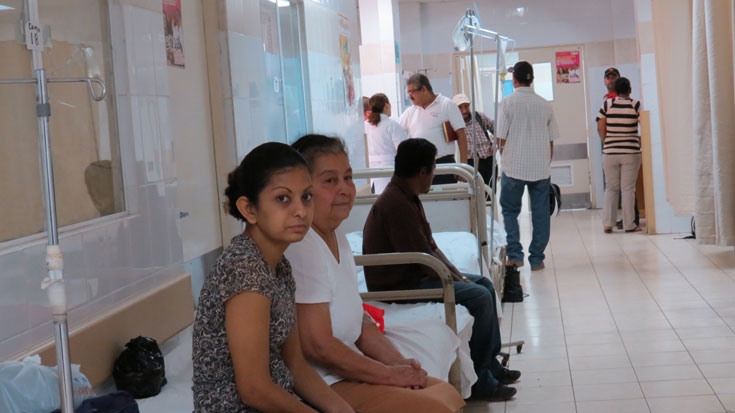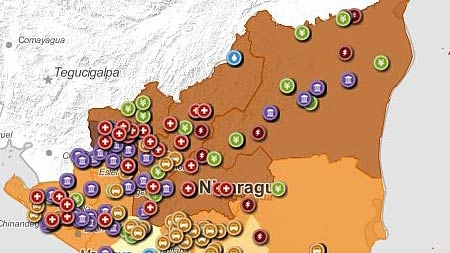Challenge
Following the outbreak of the new A/H1N1 Human Influenza strain in Mexico, the virus quickly spread into the Central America region. Nicaragua was among the more severely affected countries in the region, with more than 2,152 confirmed cases of the A/H1N1 Human Influenza, and eleven official deaths, when WHO declared a worldwide pandemic in 2009. Important constraints faced by Nicaragua at the time included uneven quality of services, limited laboratory, diagnostic and surveillance capacity, poorly trained staff and inadequate supply of drugs.
Solution
Project design focused on reducing the risk of illness and case fatality, particularly among high-risk groups. Thereby a substantial part of the grant was invested in relevant drugs and a smaller part in the capacitation of human resources and facilities. What made this approach so interesting was the versatility of focusing on a number of essential drugs and not only on Influenza vaccines. In the end the pandemic was far less pronounced in Nicaragua than anticipated, but the grant still benefitted a very large segment of the population. An innovative feature was the procurement of drugs through the Pan American Health Organization’s (PAHO) revolving fund mechanism, which required a waiver for certain Bank operation policies, otherwise PAHO’s UN status would have prohibited the agency to enter a standard World Bank supply contract.
Results
The Project’s main result was to strengthen the countries health system capacity and pandemic preparedness and response (between 2009-2012) by supporting the following improvements:
Nicaragua’s epidemiologic emergency preparedness and surveillance capacity improved substantially, as reflected in the availability of appropriately equipped facilities, availability of relevant medicines in 100 percent of targeted facilities and trained personnel.
- The capacity of the Nicaraguan Health System to effectively treat secondary infections in the case of human influenza improved, as reflected by 31 hospitals with staff certified in Human Influenza A\H1N1 control, and the number of health workers with training in diagnosis, treatment and care of influenza patients.
- The population is increasingly aware of preventive measures against. The measure increased by 33 percentage points during one year of project implementation, surpassing the target of 80 percent by 13 percentage points. This finding is partly attributable to the rollout of the Bank supported communication and prevention strategy.
- The extent of the effectiveness of these inputs to increase prevention, surveillance and emergency response is not yet measurable, although there are indications of improvement.
- The direct beneficiaries were people at high risk for secondary infection, like pregnant women, children and elderly people, but through prevention and treatment the Project benefitted the general population.


